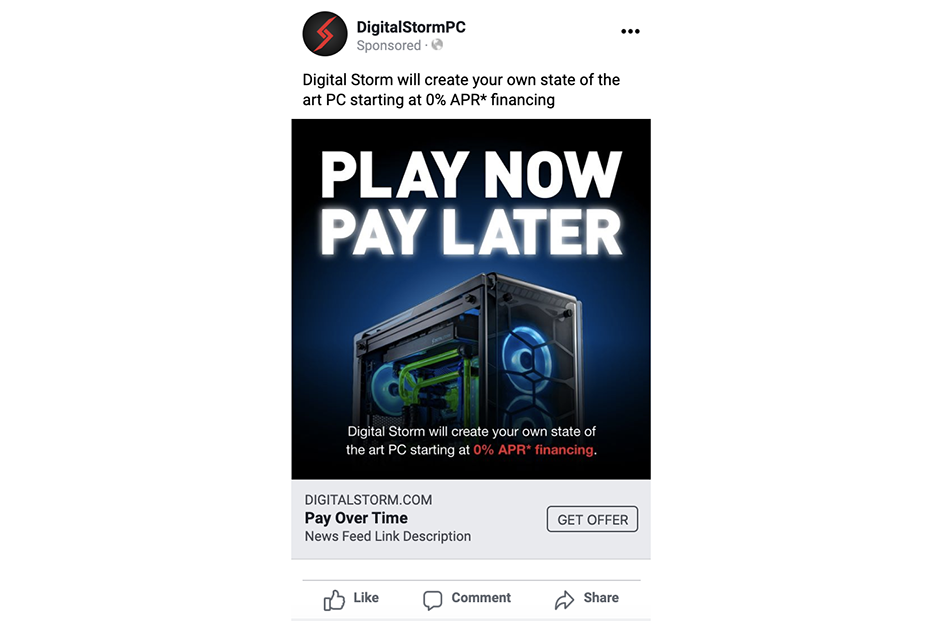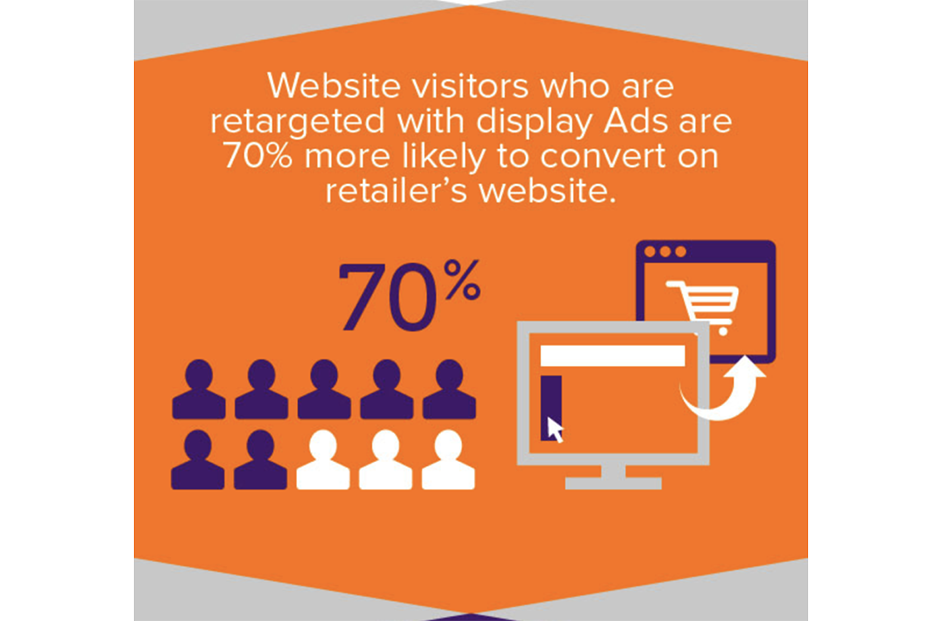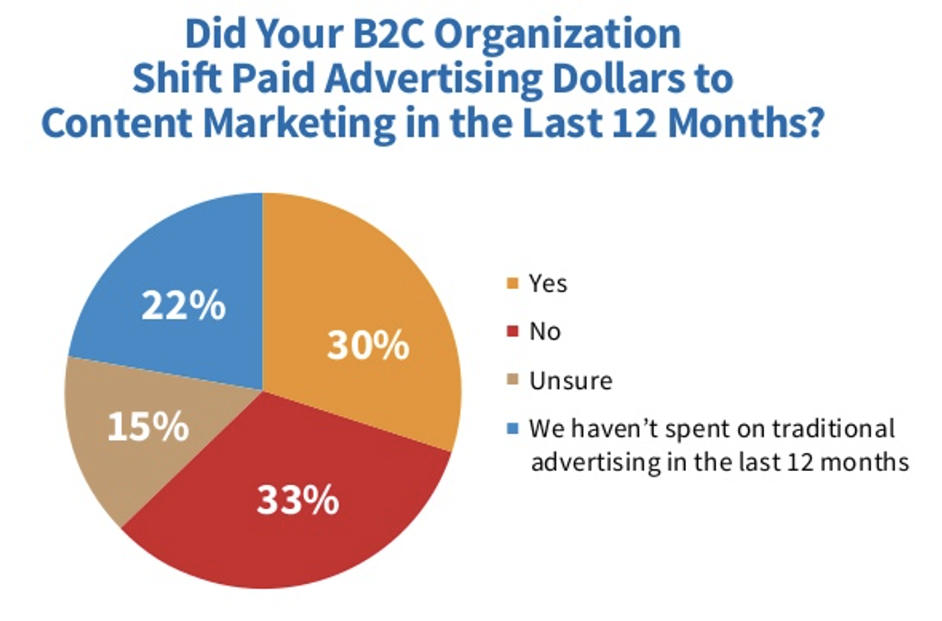8 Ways to Stretch Your Ecommerce Marketing Budget Further
To say it’s tough to run an ecommerce business would be an understatement. Margins can be meager, and overhead costs are the first to be cut.
In the case of marketing, optimizing your budget can reap rewards for your business and multiply the return on your spend. To help you get the most out of your budget, we’ve compiled the following pieces of advice you can use to take back control of your marketing costs and improve your bottom line.
1. Don’t Just Focus on TOFU
It can be tempting as it’s the widest and broadest segment you can reach, but if you’re controlling costs, you shouldn’t focus on top-of-funnel marketing at the expense of other audiences. Instead, remember to allocate some of your ecommerce marketing spend towards engaging and re-engaging your current customers and prospects. This is a smaller audience, but they’re more likely to convert than someone who’s never heard of your brand. This will help generate revenue more quickly and make a return on your marketing that you can reinvest.
2. Mention Financing Options In Your Marketing
The use of buy now, pay later financing options has already been shown to increase revenue, conversions, and AOV for shoppers who are on your site. However, it can also be effective in digital advertising. Based on Bread’s internal preliminary studies, we have seen that serving ads about financing offerings to shoppers who have interacted with Bread on a brand’s site but didn’t check out can drive a 75% increase in return on ad spend. When used strategically, including financing messages in your marketing can be a driving factor in conversion. See below for an example of how this can be done.

3. Remarket Across Channels
Reserve some of your budget on other channels for website visitors who didn’t convert on their first visit. Cross-channel remarketing lets you reach your shoppers across different channels in a new context, where they may be more likely to convert. In fact, website visitors who are retargeted by display ads are 70% more likely to convert on a retailer’s website, and 26% of customers will return to a site through retargeting. By tailoring ads for each platform you can efficiently target shoppers who are already interested in and familiar with your products, making your dollar work harder.

4. Tailor Ads by Time of Day
Many brands are already customizing their ads based on channel, region, and demographic information. But when you’re being mindful of your budget, don’t forget one of the easiest ways to yield better ad results: customizing ads based on the time of day. For example, you can promote waffle-makers in the morning, panini presses in the afternoon, and toaster ovens in the evening. It won’t be right for every kind of product, but it’s a simple way to make your ads more relevant and boost your ROI without a ton of extra effort.
5. Follow the 80/20 Rule
Also known as the Pareto principle, this rule states that 80% of your results arise from 20% of your efforts. In marketing terms, this means don’t spend your budget blindly. Start slowly and identify the top 20 percent of your traffic sources, then focus your budget there. If you’re working with a smaller budget, this can be a more effective way to target your spend on the small-but-mighty portion of shoppers who end up generating 80 or 90 percent of your business. Alternatively, it’s also valuable to prioritize advertising the top 20% of products that drive 80% of purchases, or bid on the 20% of keywords that end up driving 80% of your traffic, etc.
6. Invest in Evergreen Content
30% of B2C marketers surveyed said their organizations were shifting paid advertising dollars towards content marketing over the past year. If you’re also investing in content, consider creating more evergreen pieces to improve the return on your budget. Evergreen content refers to marketing materials that retain their relevance long after they’re published. It’s things like best practices, how-tos, walkthroughs, and more. You can use blog posts, videos, infographics, and ebooks in these formats throughout the year and beyond, with only small updates needed to keep them relevant after you make your initial investment. Quality content will benefit your department in the long term by ranking highly on search engine results pages, driving traffic, and continuously generating leads for months or years to come.

7. Reuse and Recycle Your Marketing
Whether it’s digital or physical materials, you can always find intelligent ways to use the same piece of content in multiple places. For example, you can turn a successful blog post into a series of slides to share on Slideshare. Take a data-heavy report and convert it into an infographic, then chop up the infographic into individual social media posts. Use stills or gifs from video campaigns to create collateral for ads. Discuss your latest ebook and record it as a podcast. There’s no end to where a creative reassessment of your existing materials may lead. Your wallet will thank you.
8. Don’t Pay for Leads and Lists
It takes some groundwork, but capturing your own email leads from your website will create a stable list you can market to again and again. If you can clearly communicate the value of signing up—such as offering discounts, a first look at new products, or a behind-the-scenes glimpse at your business—then you can stay in contact with shoppers via newsletters and other methods throughout their lifecycle, increasing their lifetime value. Not only is this a more cost-effective way to gain leads, it creates genuine engagement and improves your domain health in a way that buying lists and tricking shoppers into giving away their email addresses won’t.
In Conclusion
Making the most of your ecommerce marketing budget takes creativity and grit, but the rewards are many. Not only will you get more value out of your existing efforts, you can also free up your budget for bigger, more exciting campaigns that will really make a difference. Hopefully, these ideas will get you started on your way towards optimizing your marketing efforts and reaching new heights.
About Bread Financial®
Bread Financial® (NYSE: BFH) is a tech-forward financial services company that provides simple, personalized payment, lending and saving solutions to millions of U.S. consumers. Our payment solutions, including Bread Financial general purpose credit cards and savings products, empower our customers and their passions for a better life. Additionally, we deliver growth for some of the most recognized brands in travel & entertainment, health & beauty, jewelry and specialty apparel through our private label and co-brand credit cards and pay-over-time products providing choice and value to our shared customers.
Bread Financial proudly marks 30 years of success in 2026. To learn more about our global associates, our performance and our sustainability progress, visit breadfinancial.com or follow us on Instagram and LinkedIn.